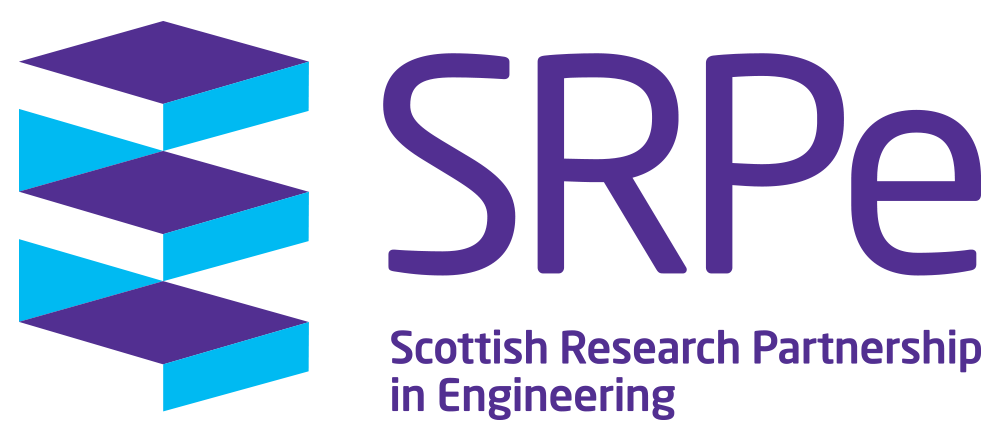Digital design strategies for industrial crystallisation development: Considering active pharmaceutical ingredient properties and crystalliser hydrodynamics for process scale up
Academic Institution: University of Strathclyde
Academic Supervisor: Dr Cameron Brown
Industry Partner: Takeda Pharmaceuticals International Co.
PhD Student: Mitchelle Mnemo
Start Date: 1st July 2020
Abstract
Crystallisation is a complex, multi-phase unit operation used in a wide range of manufacturing industries to achieve separation and purification of products. For the pharmaceutical industry, active pharmaceutical ingredient (API) crystallisation may be regarded as the first step in the formulation process with molecules stabilised within the crystal lattice throughout the subsequent processing steps until the crystal dissolves upon administration to the patient allowing the molecular form of the drug to be absorbed. As a consequence, crystallisation is a critical process step. The pharmaceutical industry is also placing increasing demands on crystallisation, for example, as drug structures become more complex they can be more challenging to crystallise; also, advanced formulations require tighter control of API particle attributes.
Transfer of crystallisation processes from the lab to manufacturing is a complex process involving a number of scale-up and technology transfer steps. As the scale or technology changes, a change in the hydrodynamics can also occur, resulting in an impact on the underlying process mechanisms. However, there are multiple mechanisms that do not all respond in the same manner to a change in scale or technology, nor will the impact be the same for each API being developed. Therefore, process scale-up and/or technology transfer can only be achieved by deeply understanding the interconnection between the API properties, it’s crystallisation behaviour, and the vessel hydrodynamics.
This project between the University of Strathclyde and Takeda Pharmaceutical Company Ltd aims to develop a state of the art multiscale modelling framework from the molecule through to the process vessel, and provide a scale-up and technology transfer strategy from the lab to manufacturing. The impact of this would be the realisation of a digital design for pharmaceutical manufacturing allowing the elimination of unexpected problems and increase process robustness for drug development.
